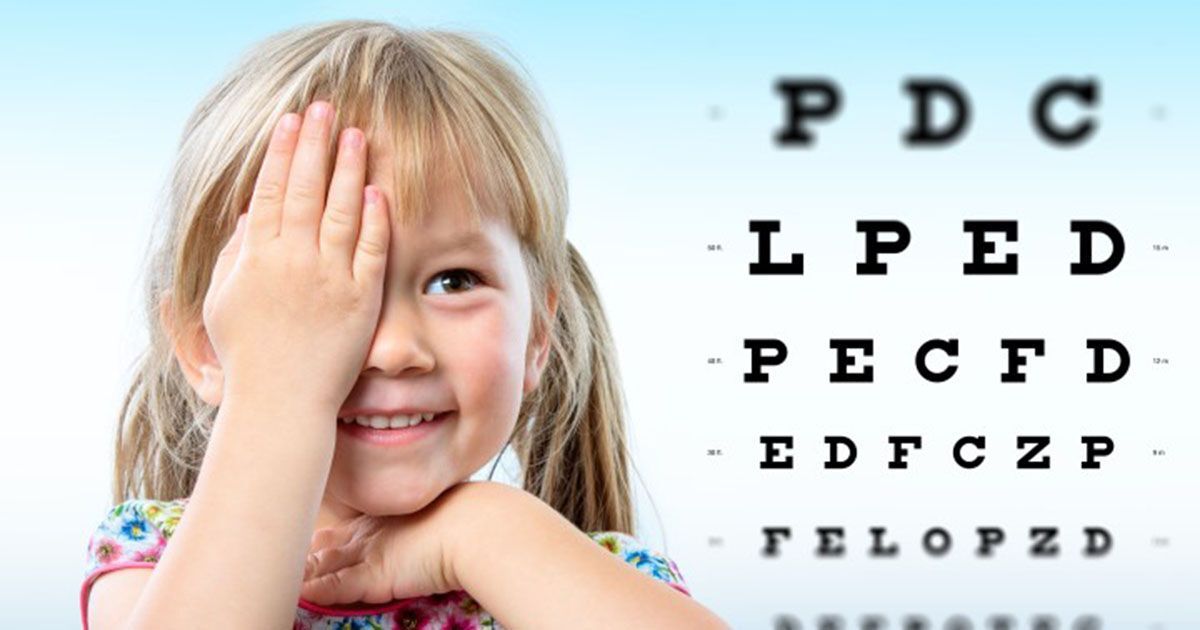
Healthwise – Dr. Indrani Goswami,
Senior Eye Consultant, Excel Care Hospitals,
Paschim Boragaon, Guwahati, [email protected]
Refractive errors in children’s eyes can be a serious deterrent to their all-round development.
Aryan, the bright little boy, was outstanding in all fields. He did very well in his preschool classes. But, as he was promoted to the higher classes, his grades started deteriorating. The teachers noticed that he had started becoming inattentive and his mother noticed that Aryan’s classwork was incomplete, he couldn’t copy the work given in school correctly. The class teacher informed his parents that his eyesight might be bad and it would be good to get him an eye check-up.
This is a common scenario with most children with refractive error. In simple words, refractive error is a condition where due to a defect in any part of the eye, with clear media, light rays do not fall exactly on the retina in a visibly normal looking eye. As a result, the child is unable to see an object properly, or sees a blurred image. Refractive errors are of three types – hypermetropia, myopia and astigmatism.
How to detect refractive errors:
* Refractive error causes poor vision. In school-going children, it is usually detected by class teachers; the child cannot copy words correctly from the board, becomes inattentive, or copies things from their friends.
* There could be recent deterioration of academic performances.
* The child cannot see the board from the back benches, and hence prefers sitting at the front.
* There is squinting of the eyes.
* The child holds his/her books very close to the eyes or sits very close to the TV.
* He/she frequently blinks. There is frequent rubbing of the eyes.
* The child is busy only with close work, ignoring the surroundings – this is seen in very high myopia.
* There are frequent headaches.
* It is commonly detected in health check-up camps held in school.
Management:
When any of these symptoms are noticed in a child, he/she has to be taken for an eye check-up immediately. These children are to be examined by an expert, and in children below seven years, cycloplegic refraction is done. This is done by putting an eye drop or eye ointment, which paralyses the pupillary muscle, and thereby, the accurate power for the eye is calculated. They are then prescribed with the appropriate pair of glasses. Some children with very high power may need contact lenses also.
The parents should take the kids for regular follow-ups, every six months, or as advised by the attending physician.
What if it is not corrected in time?
The main challenge in an uncorrected refractive error is Amblyopia. It means lazy eye, in simple terms. If a child cannot see properly, then the brain ignores it, and the vision in that eye is suppressed. If this condition is not interrupted on time, there is a permanent suppression of vision in that eye.
When a child cannot see his/her surroundings clearly, then his/her intelli-gence is also hampered.
Myths associated with the use of spectacles:
* It is believed that if you wear glasses once, it becomes a habit and the eyesight deteriorates further. But the truth is that as the child becomes comfortable with the glasses and their vision become clearer, they wish to wear them constantly. It is not habit-forming, rather habit has to be formed to use it continuously.
* Some say the child must wear it only during reading. Rather, in children, it has to be worn all the time he/she keeps his/her eyes open.
* In case of girls, some complain that it will be difficult to get them married. But the main aim of raising a girl child is not marriage. Rather, her education and all-round development should be our aim.
* Some parents are not willing to accept that their child cannot see properly or is suffering from headache. They think that the child is feigning to avoid school. An eye check-up is a must.
Conclusion:
* Screening for refractive error is important and should be performed as a part of the annual physical examination in all verbal children.
* Regular rotation in sitting arrangement in schools will help to detect a child with poor vision.
* Vigilant parents and teachers can do a lot in early detection.

